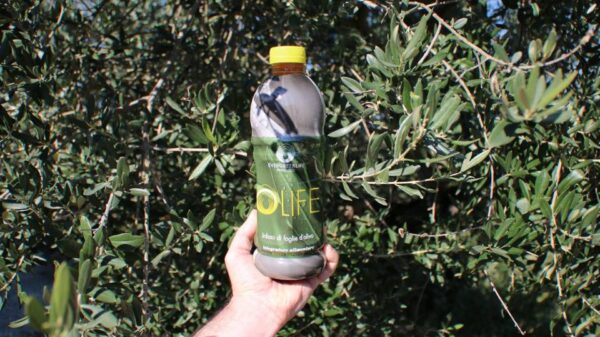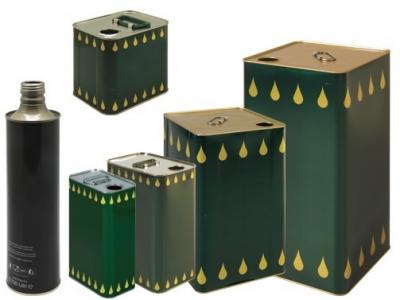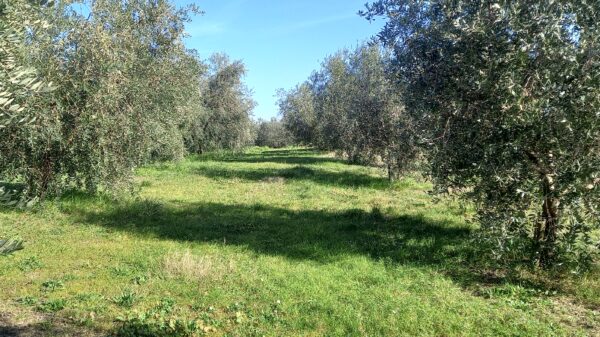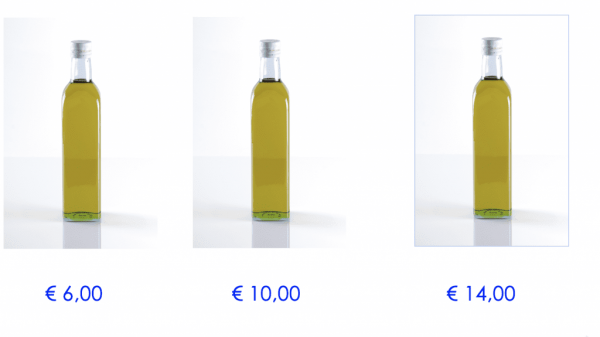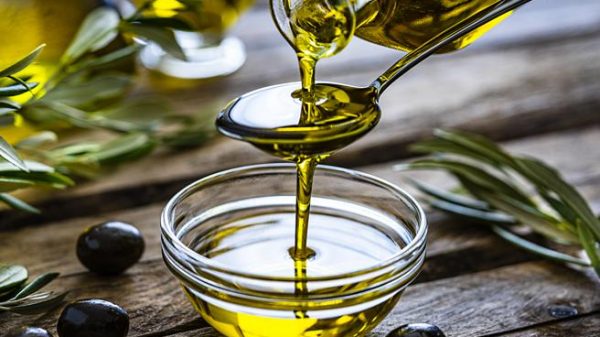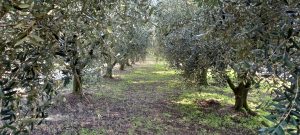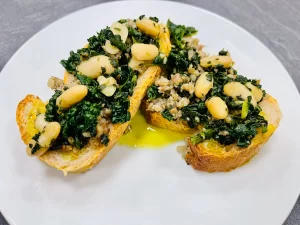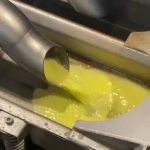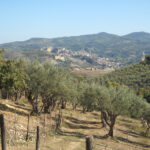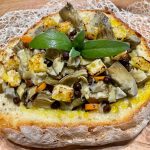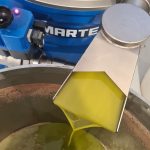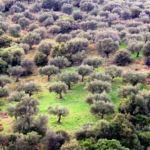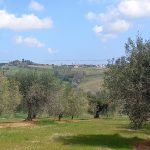 To explain how to really make money with a processing waste such as leaves, I'll tell you about my personal experience. A few years ago I had the opportunity to visit theDhindhol Research Institute, India and its vast extension of nurseries where different types of plants are being grown and selected. Walking among them, you come across the greenhouses in which the olive trees are forming. The heat and high humidity cause the leaves and wood to develop very quickly, so much so that shrubs that are 10/12 months old already have the size of plants that would take us two/three years to equal. The cultivars under study and development are: Barnea, Koroneiki, Picholine, Picual, Arbequina and, they tell me, also a selection of Coratina and Crusher.
To explain how to really make money with a processing waste such as leaves, I'll tell you about my personal experience. A few years ago I had the opportunity to visit theDhindhol Research Institute, India and its vast extension of nurseries where different types of plants are being grown and selected. Walking among them, you come across the greenhouses in which the olive trees are forming. The heat and high humidity cause the leaves and wood to develop very quickly, so much so that shrubs that are 10/12 months old already have the size of plants that would take us two/three years to equal. The cultivars under study and development are: Barnea, Koroneiki, Picholine, Picual, Arbequina and, they tell me, also a selection of Coratina and Crusher.
The choice seems random, but it was well thought out after several years of study in collaboration with Israeli technicians. In fact, these cultivars have been identified because the climate of the countries of origin (Israel, southern Spain, Morocco) is the most similar to this area and because they have peculiar agronomic aptitudes for the use to which they were destined, i.e. a fast and rapid entry into production.
The plants are reproduced by cuttings and are put into the field after just over two years, in 4 X 4 planting patterns. However, the experts have not taken into account the high humidity and the always very high minimum temperatures, which do not allow to the olive trees to bear fruit. On the other hand, the plants are luxuriant, with a leaf system that I would define as luxuriant.
So why not focus attention on the leaves, which are flourishing? Said and done: the research center's attention was focused on them, thus also saving a part of the work of all these years. The leaves are hand-picked in the spring/summer period of the year and if necessary also in autunno. After washing are dried, ground and subjected to one processing which involves some non-peculiar steps of the "traditional" transformation cycle, also used in Italy to obtain herbal teas, infusions, spirits from the leaves. In essence the fulcrum of the whole process is a particular extraction of a well-defined and identified amount of phenols which is used for other preparations: this extraction and subsequent processing really make nice leaves is in infusion they keep quite unchanged the positive features of the leaves themselves. The product obtained is finally packaged in filter paper bags 6 x 7 cm, which we Westerners are used to when we prepare tea or herbal teas.
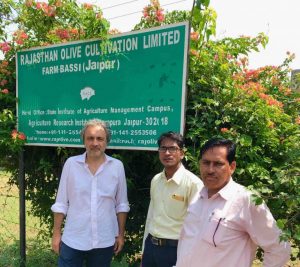 I tested the product with the institute director: we immersed the sachets in almost boiling water and waited a few minutes, as if it were a normal infusion. The perfume that was released was complex, with hints of flowers and dried fruit, very similar to what we imagine a tea should have. As is the flavor, where the aromatic persistence was remarkable and the bitterness almost absent: if I hadn't known that it was made with olive leaves I would still say today that it could have been a tea purchased in a specialized shop. The result is a simple and cheap infusion to make. Being dry it has a very long shelf life and, if packaged properly, can pop a really profitable selling price.
I tested the product with the institute director: we immersed the sachets in almost boiling water and waited a few minutes, as if it were a normal infusion. The perfume that was released was complex, with hints of flowers and dried fruit, very similar to what we imagine a tea should have. As is the flavor, where the aromatic persistence was remarkable and the bitterness almost absent: if I hadn't known that it was made with olive leaves I would still say today that it could have been a tea purchased in a specialized shop. The result is a simple and cheap infusion to make. Being dry it has a very long shelf life and, if packaged properly, can pop a really profitable selling price.
I told you this story because I want to show you concretely and with facts that I have personally experienced how much it is simple, cheap and profitable to use the leaves. If you think that the institutional product found on the shelves of the most elegant shops in a few Indian cities and which is made in a country where olive growing is non-existent and the climate is not the best, it can truly be said that the processing of olive leaves, in addition to confirming the versatility of this plant and its direct and indirect products, indicate one of the possible ways to take to diversify production and bring to life an ever-present waste of the production process, transforming it into a constant income over time.
postscript: what is in a leaf? Without prejudice to the variables due to the different cultivars, field work and the environment, it can reasonably be said that an olive leaf is composed as follows: 50% water, 10%-30% carbohydrates, 5% minerals, 5% fats, 10%-15% proteins. Then there is a substantial fraction, the one that most interests those who transform them, made up of secondary metabolites, the polyphenols, among which theoleuropein which can reach even 90 mg per gram of leaf (measured dry of course). A leaf then contains flavonoids, chlorophylls, elenolic and oleanolic acids, rutin, salts, calcium, phosphorus, tannins, apigenin, choline… Therefore, we are faced not with a simple ornamental motif of the branches, but with a concentrate of natural elements which, in addition to maintaining the normal development of the plant and offering resistance to the different agro-climatic conditions during the season, have high antioxidant properties. The maximum concentration of these elements occurs in the warmer months: therefore, if you want to make products based on olive leaves, it is advisable to harvest them in the summer.
di



